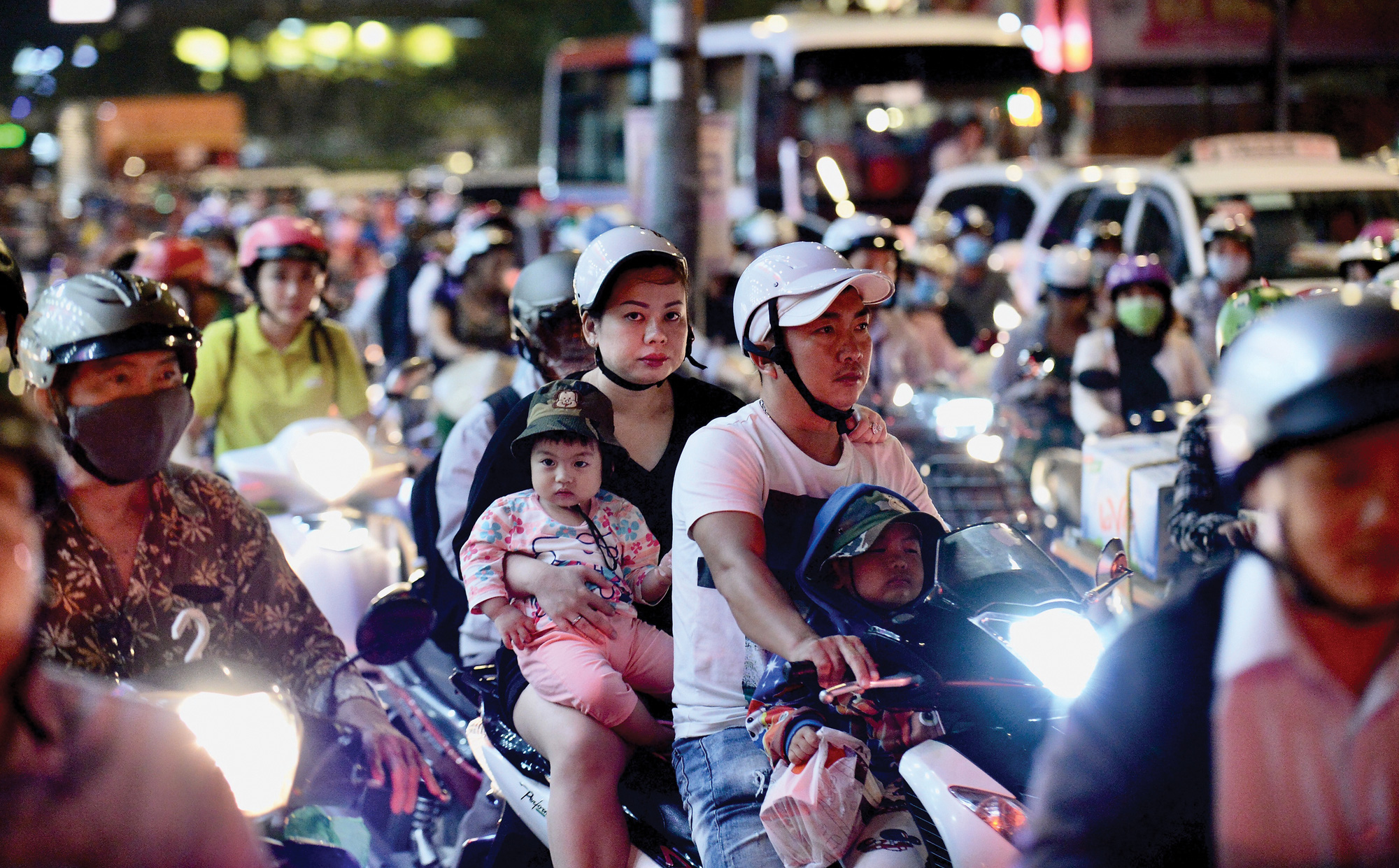Vietnam Emerges as prime destination for foreign investment

Approximately two weeks after starting his new assignment in Vietnam, Andrew Anderson-Sprecher, a senior agricultural attaché at the U.S. Consulate General in Ho Chi Minh City, has noticed the growing significance of the Vietnamese market for premium American agricultural products.
In addition to the United States, Vietnam has gained momentum as an emerging market for many other countries.
The June 2023 report from the Institute of Policy and Strategy for Agricultural and Rural Development indicates a significant consumer demand among Vietnamese for fruits and nuts, including chestnuts, almonds, walnuts, seaweed, and potatoes, sourced from foreign countries.
In May 2023, Vietnam spent US$5.8 million on the import of fruits and vegetables from the European Union, surpassing the monthly average expenditure in 2022 by $1.7 million.
Among the imported agricultural products, potato imports took the lead with a value of $1.7 million, marking a 77.9-percent increase, while cherry imports amounted to $340,000, a staggering 44.5-fold surge compared to May 2022.
These figures prove that the market of 100 million people is willing to pay more for mid- and high-end products.
Therefore, foreign retailers continue to inject investment capital into Vietnam, with some investors stating that this is the opportune moment to introduce a fresh business model.
In late July, Thai retailer Central Retail made its official foray into the interior decoration market in Vietnam by launching the Come Home brand, a new furniture business initiative, in Ho Chi Minh City, reaffirming its pledge to invest an additional $1.45 billion in the country by 2027.
Central Retail Vietnam currently possesses a network of over 340 retail centers and stores, operating in 40 provinces and cities across the country, covering a total retail space exceeding 1.2 million square meters.
The expansion strategy of this Thai retailer involves doubling its number of sales points to 600 by 2027.
Also in late July, a prominent Japanese retail corporation opened its first compact supermarket in southern Vietnam in Binh Duong Province, signifying its strategic move to broaden its retail approach in the country.
Throughout the year to date, MM Mega Market, another Thai retailer, has hosted monthly visits from foreign business delegations keen on exploring the Vietnamese market, not to mention the on-site promotional initiatives organized by foreign business associations.
According to Walt Power, CEO of The Grand Ho Tram Strip, a large tourist complex in Ba Ria-Vung Tau Province, a neighbor of Ho Chi Minh City, when investors contemplate expanding their businesses, Vietnam consistently ranks as a primary consideration.
In the past, high-end entertainment complexes in Vietnam primarily catered to foreigners living in the country and international tourists.
However, following the recent COVID-19 pandemic, it was the domestic market that displayed the swiftest recovery.
Power said that his company considers themselves fortunate to have a target audience of over 15 million domestic tourists.
Not only in the realm of tourism but also in industrial manufacturing, Power said, there have been cases where companies initially relocated their factories from Vietnam to Indonesia.
However, after just six months, they returned to Vietnam upon realizing that it offered the most conducive conditions for production and service development.
The foreign investors the CEO has had the opportunity to work with consistently express a high level of optimism regarding the future development prospects in Vietnam, he added.
According to Amanda Murphy, HSBC’s head of commercial banking business for South and Southeast Asia, as more and more businesses seek geographic diversity outside China, Southeast Asia, including Vietnam, will continue to gain more market share in global direct investment.
According to a recent survey by HSBC, within the next 12-24 months, businesses in the Asia-Pacific region will relocate 24.4 percent of their supply chains to Southeast Asia, up from 21.4 percent in 2020.
